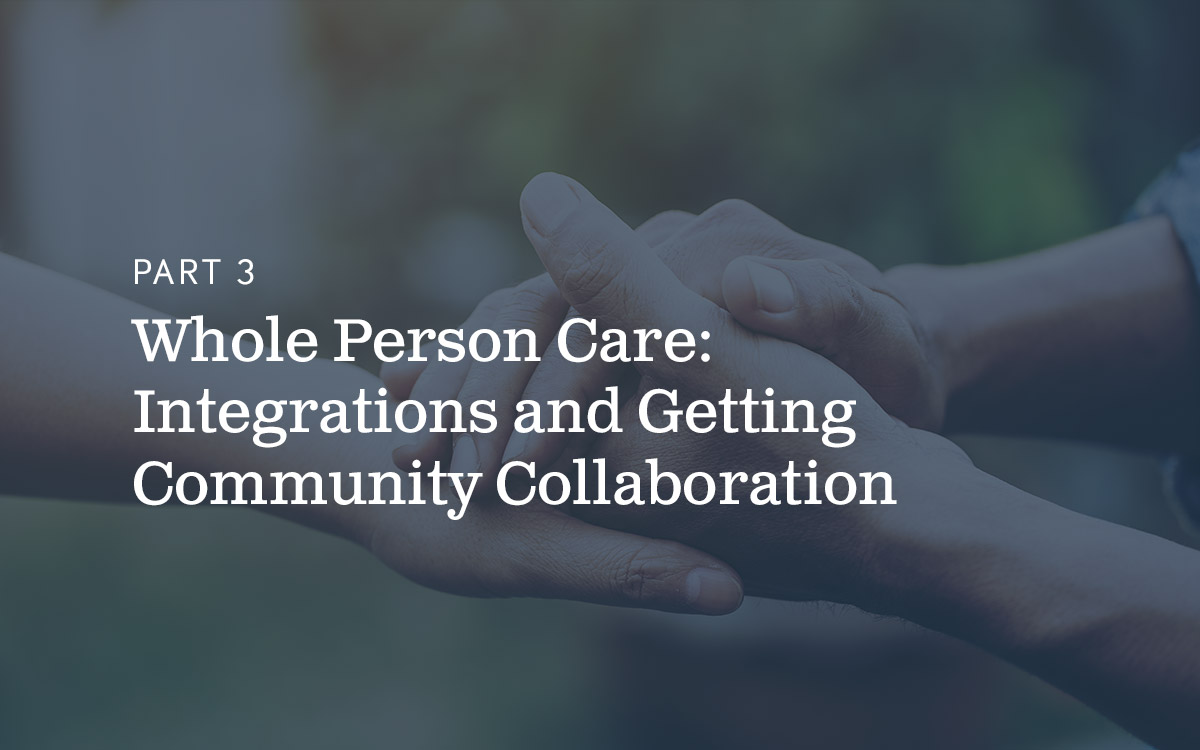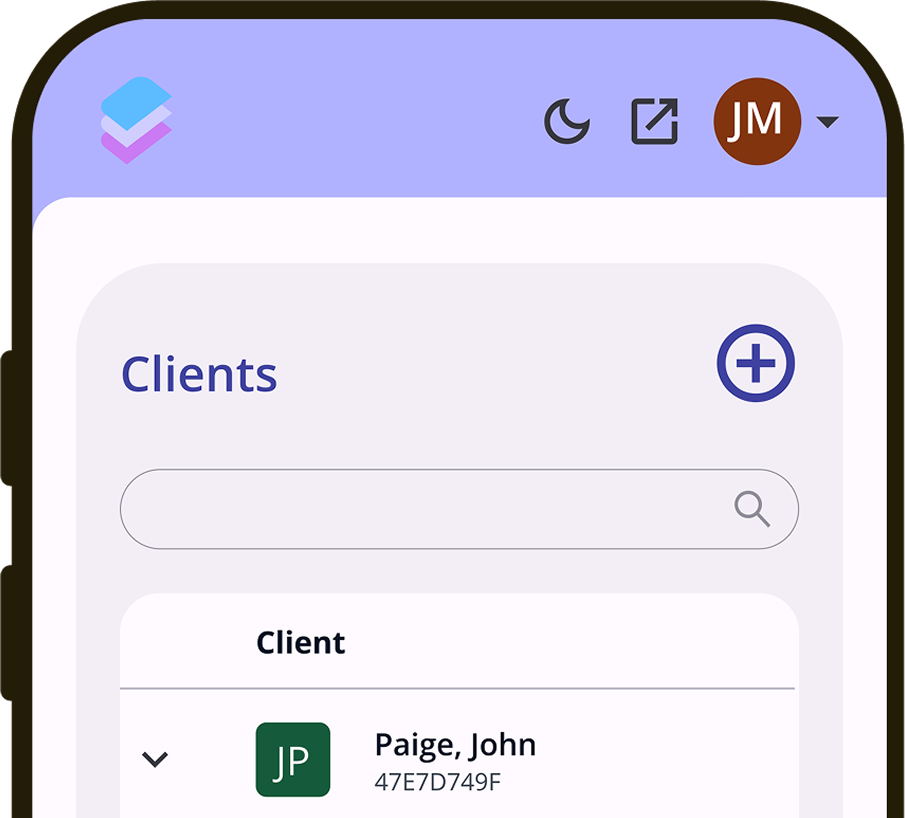Whole Person Care Part 3: Integrations and Getting Community Collaboration

As veteran case managers understand—especially those who embrace whole person care—case management requires social collaboration and digital integrations. Access to a patient’s electronic health record (EHR) and connecting systems of care gives providers and case managers vital contextual information for efficiently assisting clients.
Integrations within their HMIS empower case managers and care providers in gathering further information and recording what they know. This creates a clearer picture of every client, helping to better serve their goals and even the wider community as a whole.
The Importance of Integrations and Collaboration
Practicing whole person care is difficult without integrations. This holistic approach requires a cadre of care providers and agencies within a community to communicate seamlessly.
Consider the importance of EHR systems. Whereas EHRs include patients’ medical and treatment history, EHR systems are designed to extend beyond what’s gathered by care providers. They detail a much larger view of a patient’s care and challenges, maintaining an essential role in health IT.
Specifically, an EHR platform contains an abundance of information, including test and laboratory results, diagnoses, medications, allergies, radiological images, and immunizations. It also gives care providers access to rigorous tools and automated workflows, enabling them to make evidence-based decisions about a patient’s care.
Integrating an EHR platform with an HMIS augments these efforts. EHR systems can be connected to an HMIS via an API (application programming interface). This integration gives case managers and care providers access to a database that centralizes vital patient information that would otherwise remain scattered across numerous agencies and human services organizations within a city, county, or interstate region.
So whether a patient shows up to a shelter or visits a counseling clinic, both instances would be recorded and easily accessible to all parties involved. The result is more humanized case management and thorough diagnosis of the challenges patients face.
Once a secure integration has been built between your EHR system and an HMIS, such as Clarity Human Services, you can expect enhanced data sharing and community collaboration in implementing whole person care.
Whole person care integrations go beyond EHR systems, as well. For example, if a hospital worker knows that a client who has had a hospital stay is homeless, they can refer them to a shelter or make a reservation for the client. This ensures the patient isn’t merely released to the streets. If a client is moving into permanent supportive housing, a case manager can review their health issues and which specific types of health support they will need. If jail staff know an inmate is homeless, they may be able to connect them with housing assistance upon their release in hopes it will reduce recidivism.
Whole person care stems from social determinants of health (SDOH)—the non-medical factors that influence a person’s overall well-being. These include employment status, neighborhood safety, access to healthy food, local crime rates, family relationships, air and water quality, and more. It’s about understanding how a community context affects a person, and then working with members of the community to improve that person’s quality of life.
These efforts must be powered by integrations with a robust HMIS.
Integrations With Clarity Human Services HMIS
Clarity Human Services is designed to integrate with other systems, made possible through secure API connections.
With some deliberation and thoughtful design, you can connect, for instance, an EHR system to Clarity, thus unlocking a host of capabilities to supercharge your efforts in serving the unhoused and marginalized members of your community.
Clark County, Nevada provides a template. The Clark County FUSE project set up an integration between their HMIS and the local law enforcement system to analyze the correlations between homelessness, inmates, and medical visits. The goal was to identify pre-existent overlap and prioritize clients. They planned and set up care plans according to these various components. Clark County then developed FUSE, acquired funding at various stages, and implemented it gradually over the course of several years.
Having high-quality, comprehensive data from the HMIS and other systems helped lead to positive philanthropic decisions and greater funding opportunities. Clark County leveraged this clearer picture to develop public and private partnerships with Healthy Living, a HUD CoC-funded Permanent Supportive Housing program, and Hospital to Home, a Rapid Rehousing Program.
Their efforts were made possible by Clarity Human Services.
Here are just a few features enabling better community collaboration:
- 175-plus pre-built reports, including those mandated by the U.S. Department of Housing and Urban Development (HUD), give case managers the ability to thoroughly explore and interact with client data.
- Geospatial data, linking location information and other vital data points, can be used to construct compelling visual maps, data analysis and reporting tools, even for third parties (e.g., Tableau® or ArcGIS®). Geospatial integrations with others using the industry’s leading GIS platform are available, as well.
- Improved data analytics includes public-facing dashboards and embeddable visualizations, custom reporting, and advanced analytics (i.e., RESTful APIs, integrations with Crystal Reports®), so you can figure out which issues to prioritize and develop the proper strategies to address them.
All of these features combined reveal a more accurate representation of a client’s situation, and even the larger population experiencing homelessness, helping refine the proper path forward. They can even be used to influence local policy.
Ultimately, integrations within a powerful HMIS can translate to less stress on frequently overburdened or underfunded human service systems, and lead to greater success as case managers and care providers partner with clients to improve their overall quality of life.
